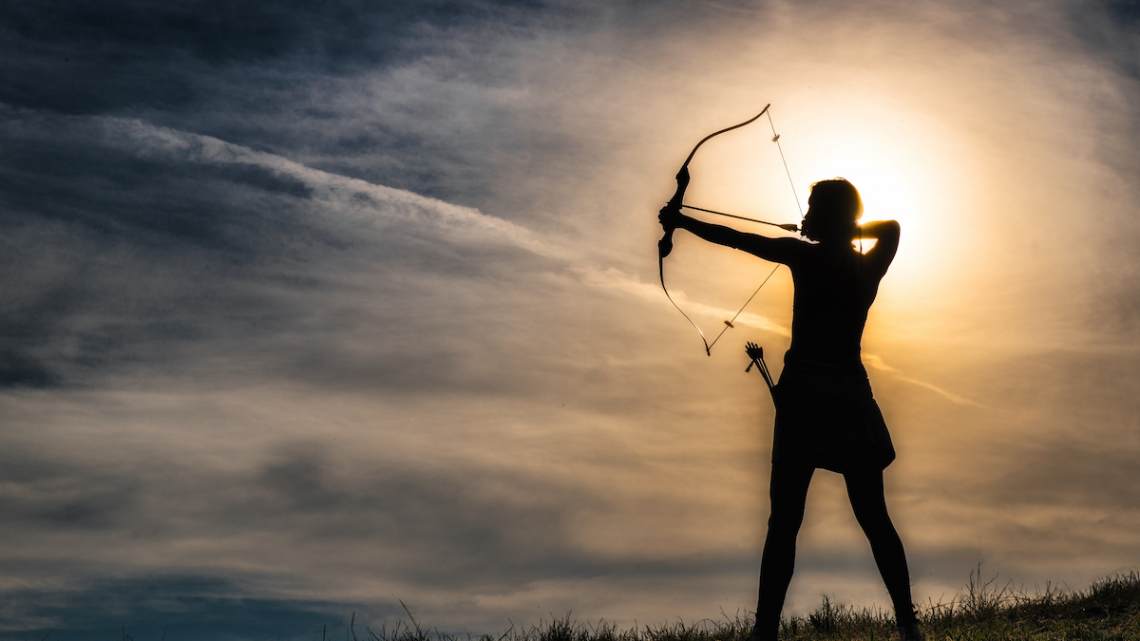You may have learned in school that prehistoric men hunted while the women gathered in early hunter and gatherer cultures, but new research shows that females also captured game—including deer and moose—and played a significant role when it came to hunting.
Groundbreaking Research
Researchers analyzed data spanning 100 years from more than 60 hunter-gatherer societies. They also examined the burials of female hunters in Africa, Asia, Australia, and North America, publishing the results in the journal PLOS One. The study suggests that “females represented up to fifty percent of big game hunters from the Americas prehistorically.”
The international team found that 79 percent of foraging communities included female hunters. In addition, these women continued to hunt even after giving birth.
“The women would go out with many different tools — they had a very diverse tool kit all around the world — and if they saw an animal, they would kill it,” study co-author Cara Wall-Scheffler, a professor and co-chair of biology at Seattle Pacific University, told Live Science. “We were surprised by how the majority of groups showed women hunting, and there was no explicit taboo against that.”
The research found that most female hunting expeditions were planned. These women specifically set out to hunt meat and did not simply kill them when coming upon them while foraging. These females had a purpose—to hunt. “We were surprised that it wasn’t just opportunistic. Everyone in their community knew they would go hunting, and that was their job,” Wall-Scheffler said.
Even more interesting is that female hunters tracked big game, not just small birds and rabbits. The researchers examined big-game burials in North and South America and found that men and women equally hunted large animals, including deer and moose. These burials featured people with tools alongside animal bones. They demonstrated that women and men were equally big-game hunters.
Misguided Gender Roles
The researchers hypothesized that, “the majority (i.e., more than half) of hunter-gatherer communities do expect females to contribute to hunting strategies. Such findings would continue the challenge to long-held perceptions of sex-specific gender roles within foraging subsistence labor.”
The assertation that men hunted while women gathered can be traced back to two books, according to Wall-Scheffler: 1968’s “Man the Hunter,” compiled from an ethnographer symposium, and the 1983 book “Woman the Gatherer.”
According to “Woman the Gatherer,” hunting was inconsistent and not a great way to guarantee proper calorie input. The males hunted but did not necessarily provide for the women, who were providing for themselves by hunting as well as gathering.
Wall-Scheffler noted that the books generated “more rigid gender roles in which men were hunting and women were gathering and never the twain shall meet — and that has stuck around.”
She added, “It doesn’t make sense that if something like hunting for animals would help feed their community, that women would ignore it. Having these rigid divisions of labor wouldn’t make sense.”
By Noelle Talmon, contributor for Ripleys.com









